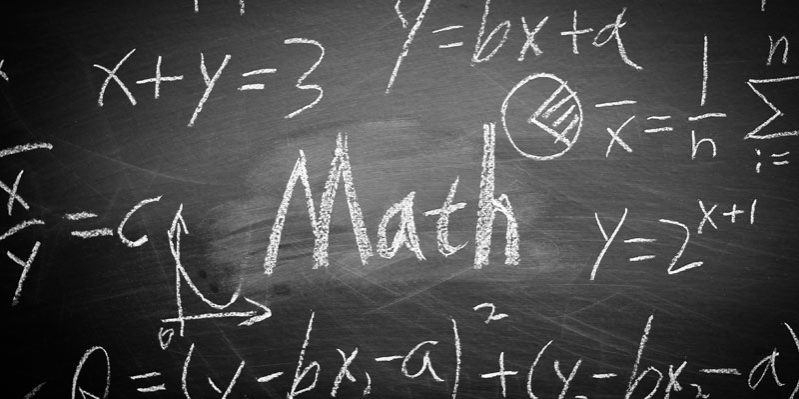
On behalf of Dr. Kelly Mizell, San Jacinto College director of Pathways and special projects
Chances are more than 75 percent of incoming college freshman, and current students who have not taken their required math courses, are enrolling in college algebra. Math is one of the largest barriers to degree completion nationwide. But what if it didn’t have to be? What if we stopped using college algebra as a “one size fits all” approach and instead developed courses based on the math skills and concepts that were necessary and applicable to the career track each individual student was pursuing? As one of 30 institutions participating in the American Association of Community Colleges (AACC) Pathways Initiative, San Jacinto College faculty and administrators sought out a way to debunk the “college algebra myth” in order to eliminate math barriers to completion and make math more relevant to a student’s degree or certificate pathway.
 One of the ways the College is tackling this perception is through several new math courses and co-requisites (paired developmental math courses with credit courses to fast-track a math requirement) that align better with the College’s eight degree pathways: arts, humanities, communication and design; business; construction, industry, manufacturing and transportation; public safety and human/consumer services; health sciences; social and behavioral science; science, technology, engineering and math (STEM); and education.
One of the ways the College is tackling this perception is through several new math courses and co-requisites (paired developmental math courses with credit courses to fast-track a math requirement) that align better with the College’s eight degree pathways: arts, humanities, communication and design; business; construction, industry, manufacturing and transportation; public safety and human/consumer services; health sciences; social and behavioral science; science, technology, engineering and math (STEM); and education.
“PreCalgebra” is a co-requisite course track that pairs college algebra and precalculus allowing students to complete these prerequisites for their calculus sequence in one semester and is suited for students majoring in STEM fields. “Math for Business and Social Sciences” examines the mathematics of finance including simple and compound interest and annuities, probability and expected value- all of which are common math applications for business, economics and social science disciplines. “Contemporary Math I” (Math for Liberal Arts) contains topics that may include number theory, logic and probability. This math course meets degree/certificate requirements for students in most technical programs and most liberal arts majors. While “Statistics” is not a new math course, the foundational concepts of collection, analysis, presentation and interpretation of data have shown to be more useful to students in the nursing program pursuing their bachelor of science in nursing and those in social science disciplines. Of course college algebra is not going away, rather than using it as a deliberate “catch all” for almost all degree plans, this course is more applicable to students in science, computers or engineering degree pathways.
By creating additional math course options that meet degree requirements, students now have a way to break through the math barrier, and they get to see how those specific math concepts will apply to their chosen career field. How often can you remember asking as a student, “When am I ever going to need to know how to solve a quadratic equation?” Keeping math courses relevant to degree pathways makes applying these concepts or visualizing real world scenarios more tangible. Ultimately, we want our students to take ownership of and become advocates for their education.



